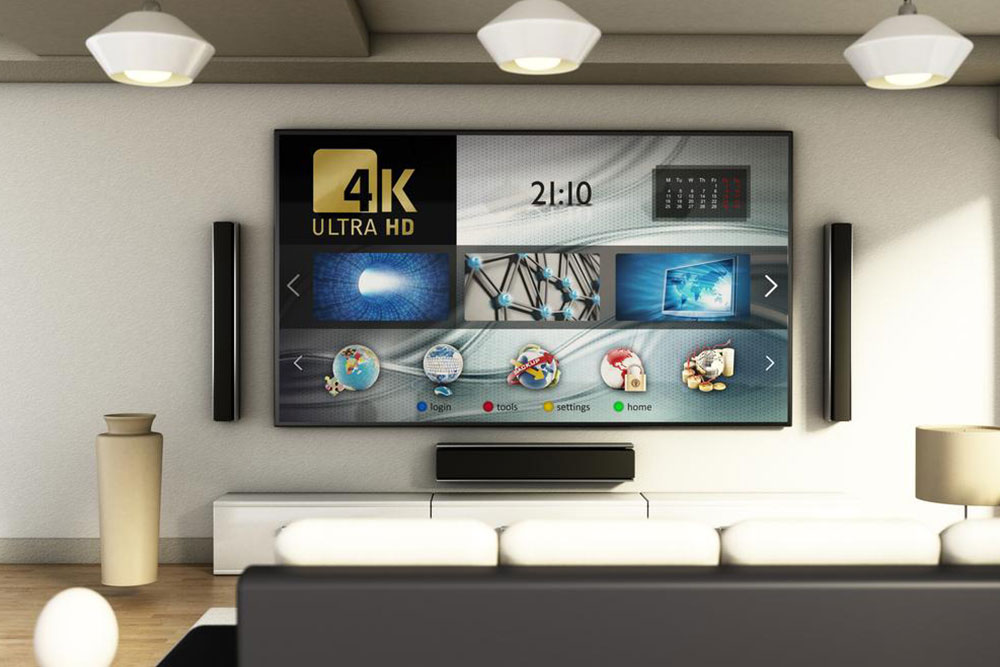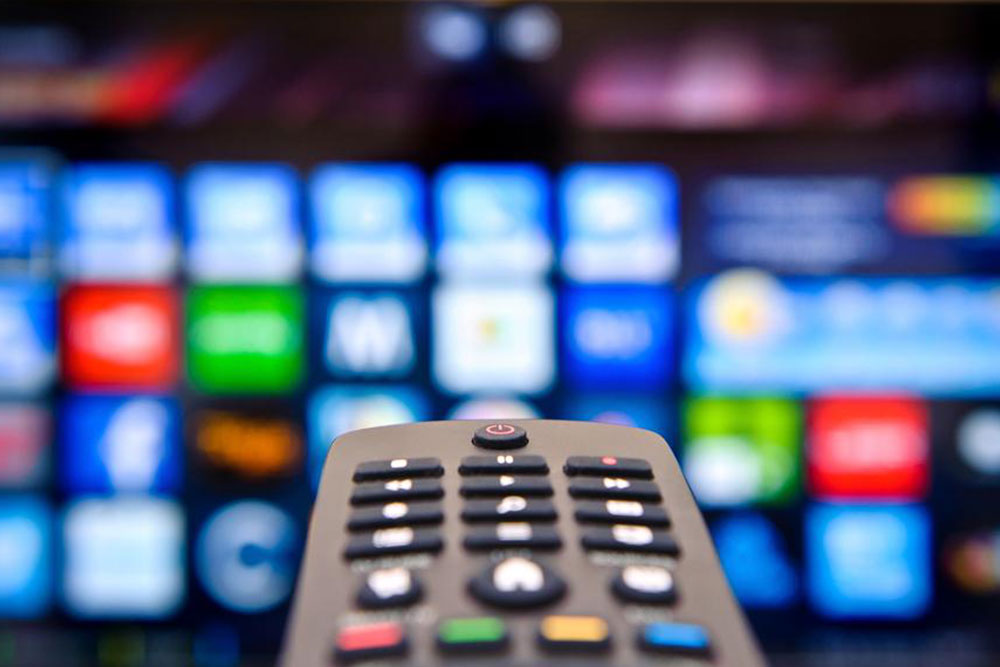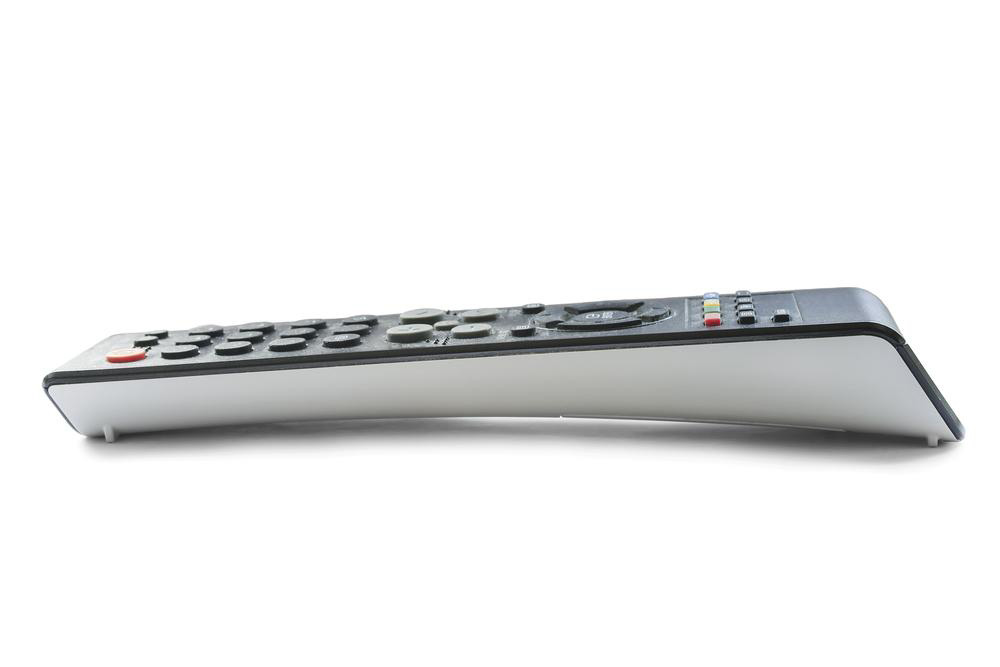Ultimate Guide for Beginners: Understanding Apple TV
This comprehensive beginner's guide explains what Apple TV is, its features, setup process, and how it can transform your standard TV into a smart entertainment device. It highlights compatibility, streaming options, and the device's capabilities for media playback and gaming, making it perfect for new users exploring Apple TV technology.

Understanding Apple TV: A Beginner's Guide
Feeling hesitant to ask friends or sales associates about Apple TV? You're not alone. If you're new to Apple products and considering purchasing Apple TV for the first time, you might wonder what makes it special.
So, what exactly is Apple TV?
Despite its name, it’s not a traditional television. It’s a compact, $69 device that fits comfortably in your hand, enabling streaming content directly from the internet to your TV. Essentially, it transforms a standard TV into a smart entertainment hub.
If you’ve ever wanted to enjoy YouTube on your regular TV but don’t own a smart TV, Apple TV is a great solution.
It connects via the HDMI port, requiring only an HDMI cable for setup. Once connected, you can stream content from the internet seamlessly. Keep in mind, it needs to be operated with a remote device—meaning a remote control or compatible app—to navigate and control playback. Additionally, an iTunes account is necessary to access movies, shows, and other media.
Without an iTunes account, you won’t unlock the device’s full capabilities.
What benefits does Apple TV offer? It upgrades your basic TV into a smart device, supporting access to over 50 streaming channels such as Hulu Plus, Netflix, Crunchyroll, HBO, and more. However, note that it provides access mainly to internet-based channels, not standard cable TV channels. If a channel isn’t available online, it’s unlikely to be accessible on Apple TV.
One of the key features of Apple TV is its ability to mirror content from Apple devices like iPads and iPhones onto your television. It also supports external controllers and allows you to download games, stream music from iTunes, listen to audiobooks, and enjoy other multimedia content. Designed for extensive media playback, it performs well during long viewing sessions.
The remote control leverages Bluetooth and wireless technologies, featuring a touchpad, buttons, and volume controls. It also incorporates motion sensor technology, functioning similarly to a gaming console remote, such as the Wii.








